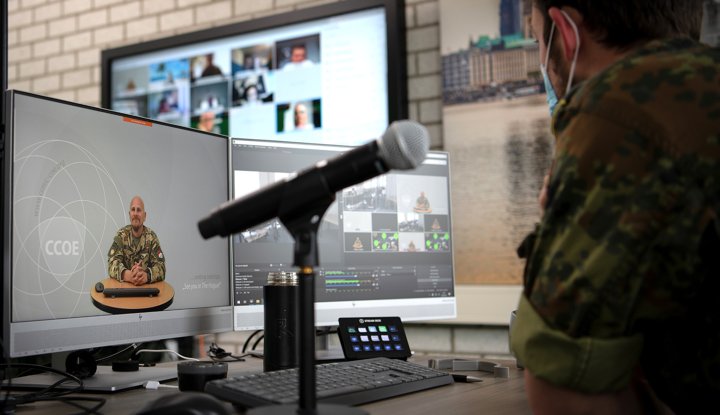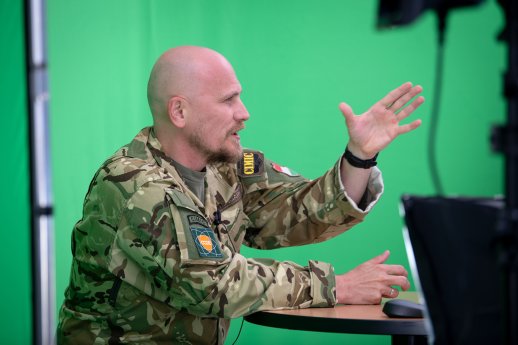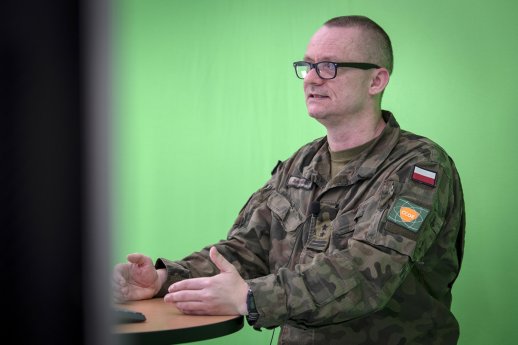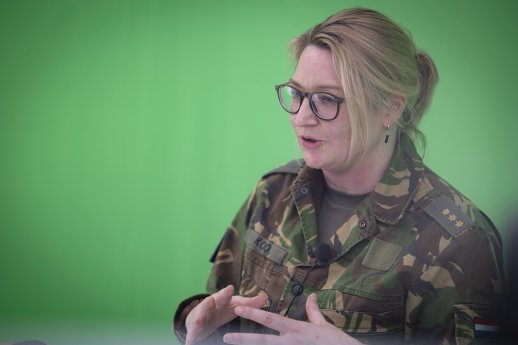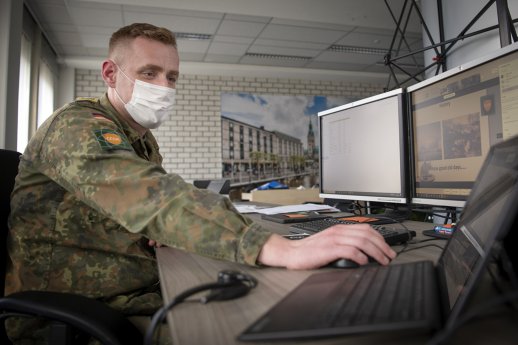Euro-NATO CIMIC Familiarisation Course
In April 2021, the second iteration of the Euro-NATO CIMIC Familiarisation Course as a virtual training for US Civil Affairs (CA) colleagues, was taking place in the CCOE.
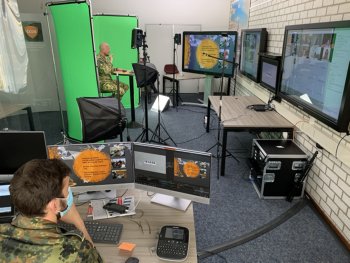
US CA personnel is given a basic understanding of NATO CIMIC procedures, doctrines and organisational culture to fill an existing knowledge gap and enable interoperability. The CCOE instructors will use the virtual learning sessions, preparation assignments and hands-on activities to allow the students to practice the concepts learned throughout the course.
This specific multi-day training is designed for Civil Affairs professionals who will be engaged with NATO CIMIC in their work activity, especially on NATO nation’s territory.
COURSE LEARNING OBJECTIVES
Based on training requirements provided by US JFKSWCS concept Department, it defined the following learning objective: CA students can understand NATO CIMIC principles, core functions and main activities. By the end of the course, they achieve the following purposes:
- Awareness in NATO Strategic context – learning how to view CA/CIMIC capabilities in a NATO context
- Understanding NATO CIMIC typologies – evaluating NATO CIMIC principles, core functions and main activities; and learning how to adapt approaches to a CA context
- Understanding the importance of networks – Learning how to solve Civil-Military Interaction issues not by compromising other capabilities but by zooming out and solving areas of friction at a CMI network level
- Implementing US CA / NATO CIMIC collaboration tactics – Exploring tactics for quick CMI interventions and enduring projects in an operational environment
- Utilising NATO CIMIC tools & techniques – Testing out learned CIMIC tools and techniques in an operational context
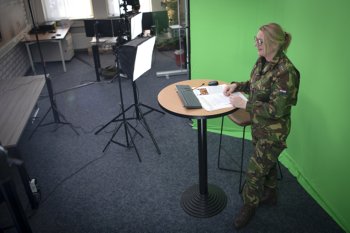
The course is divided into three sessions. The first session covers the basics of the Euro-NATO CIMIC Familiarization Course, including NATO as a political and military organisation, and the Joint Function NATO CIMIC. The session consists of two parts, a pre-session assignment and a virtual training to increase and/or deepen the students understanding of the Joint Function CIMIC, its role as the facilitator of Civil-Military Interaction (CMI) and how it operates within a Comprehensive Approach (CA).
The second session is focused on harnessing opportunities to bridge the knowledge gap between the capabilities. The pre-session assignment is designed to challenge the students on vision and prioritise ideas and values to enhance interoperability, as well as to look into tools to de-conflict (possible) areas of tension. The virtual training starts with the three syndicates each presenting their outcomes of the remote syndicate assignment before jumping into collaboration perspectives and doctrinal crosswalks.
Finally, the third session is all about getting from theory to action. The students engage in different activities that allow them to demonstrate, apply and evaluate gained knowledge on NATO CIMIC and the synchronisation project that lead to long-term sustained momentum. 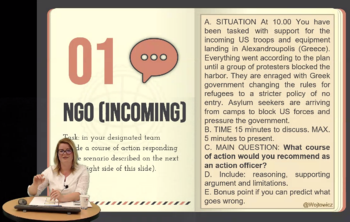 The session is conducted using wargaming to allow challenging of the existing skills and identifying points of improvement. The scenarios presented are directly linked to the identified needs of the training audience, focusing on South-Eastern Europe. The evaluation of the results is aligned with the NATO CIMIC Criterions.
The session is conducted using wargaming to allow challenging of the existing skills and identifying points of improvement. The scenarios presented are directly linked to the identified needs of the training audience, focusing on South-Eastern Europe. The evaluation of the results is aligned with the NATO CIMIC Criterions.
CIMIC BALKAN CHALLENGE
The students are ready to put all the gained knowledge together in a real-life scenario-based gamification tool. In this activity, they enter the world of the CIMIC Balkan Challenge, where they are tested on the skills/competencies of critical thinking, perspective-taking and initiative. You will advise between competing teams in a peacetime setting and implement new structures and tactics to a real-time scenario.
COURSE ACHIEVEMENT
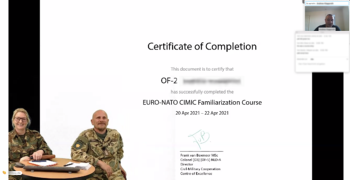
This hybrid course examined what NATO CIMIC is, how to view NATO CIMIC and US CA in a NATO strategic context, and how the Joint Function of NATO operates compared to US Civil Affairs. The course explored opportunities to enable interoperability by examining commonalities and differences, levels of interaction and areas in which the two capabilities can complement each other. It also included a range of practical NATO CIMIC/CMI strategies in applying within a NATO operational context. It provided an opportunity to contribute the ideas and knowledge of the students to the US CA and NATO CIMIC synchronisation project.
LEARNING OUTCOMES
- Explain NATO CIMIC and US Civil Affairs within a NATO context
- Reflect on NATO CIMIC typologies from a US CA perspective
- Discover US CA / NATO CIMIC commonalities & differences
- Identify NATO CIMIC and US CA possible collaboration methods & tactics
- Appreciate the importance of networks
- Apply NATO CIMIC tools & techniques in a real-life scenario
- Demonstrate a basic understanding of NATO and the Joint Function NATO CIMIC
After successful completion of all course requirements, the students are awarded a Euro-NATO CIMIC Familiarisation Course Certificate.
WHO IS WHO
|
|
|
|

